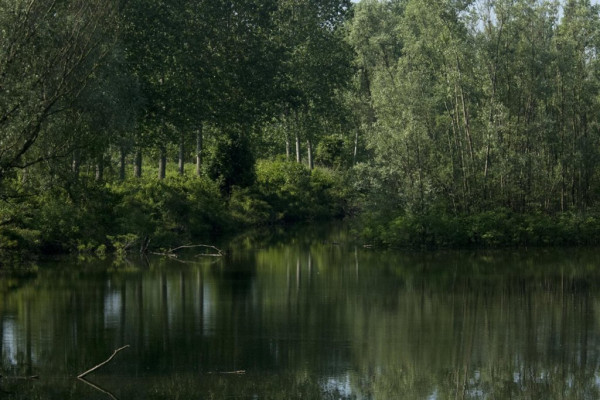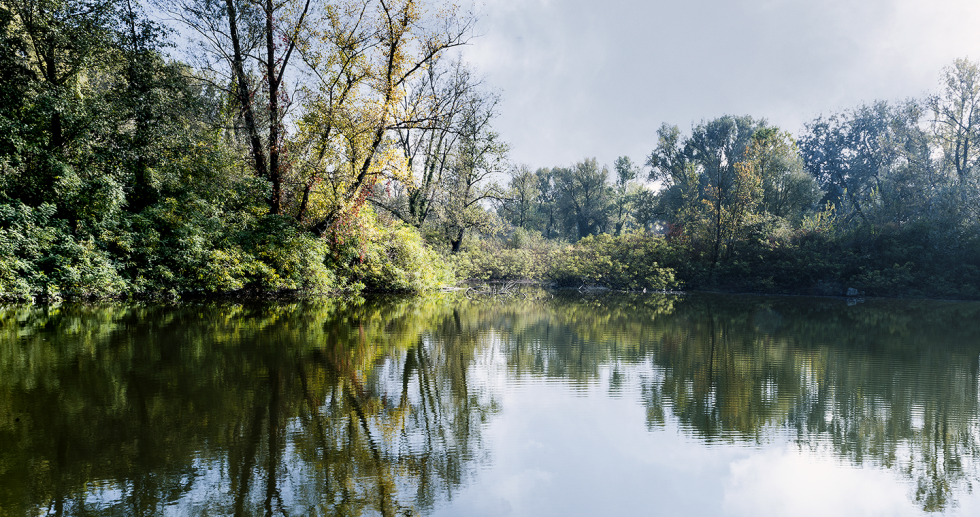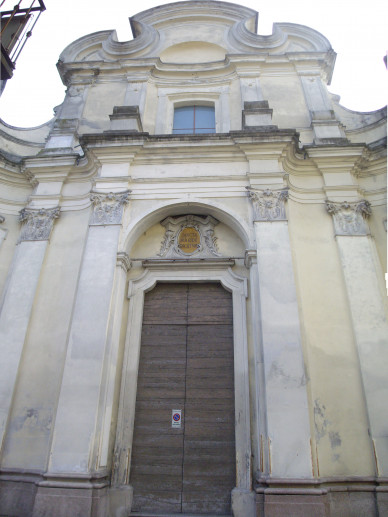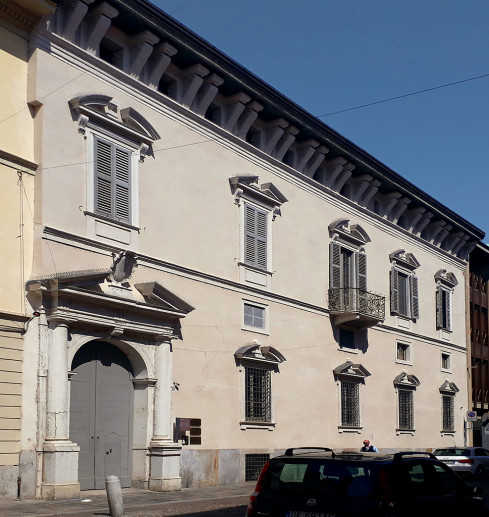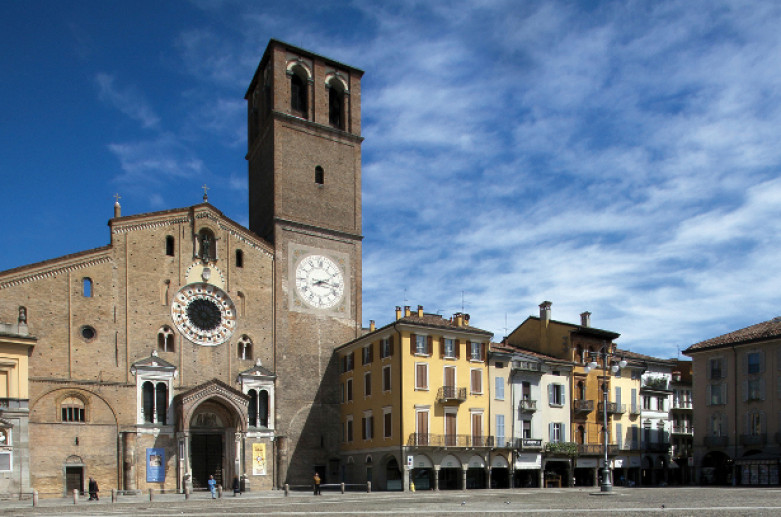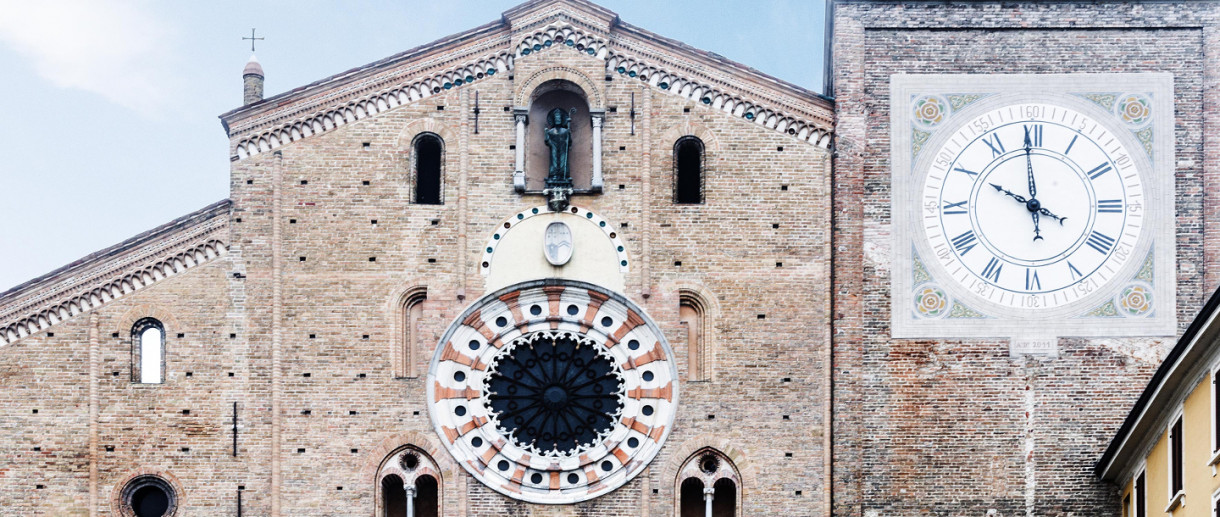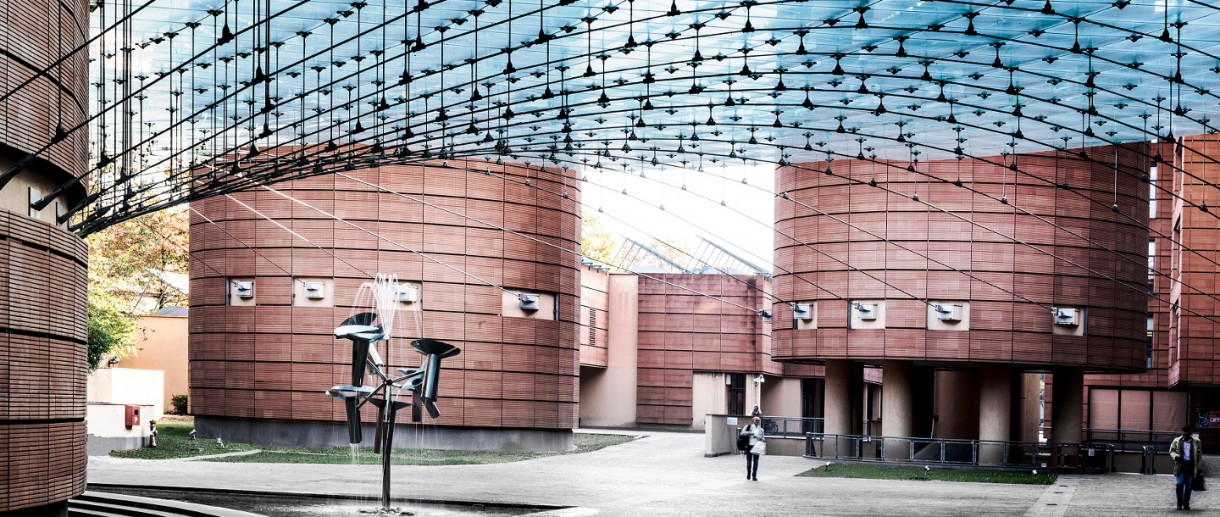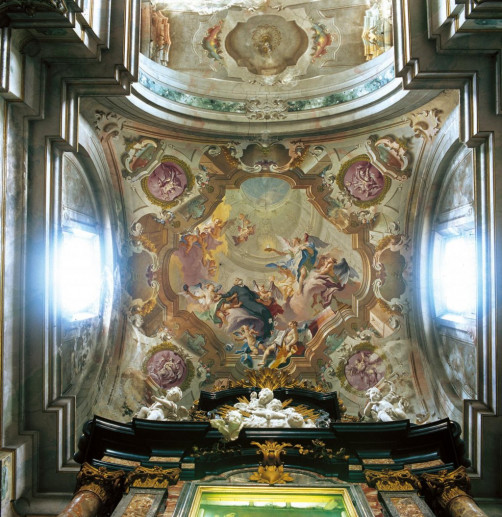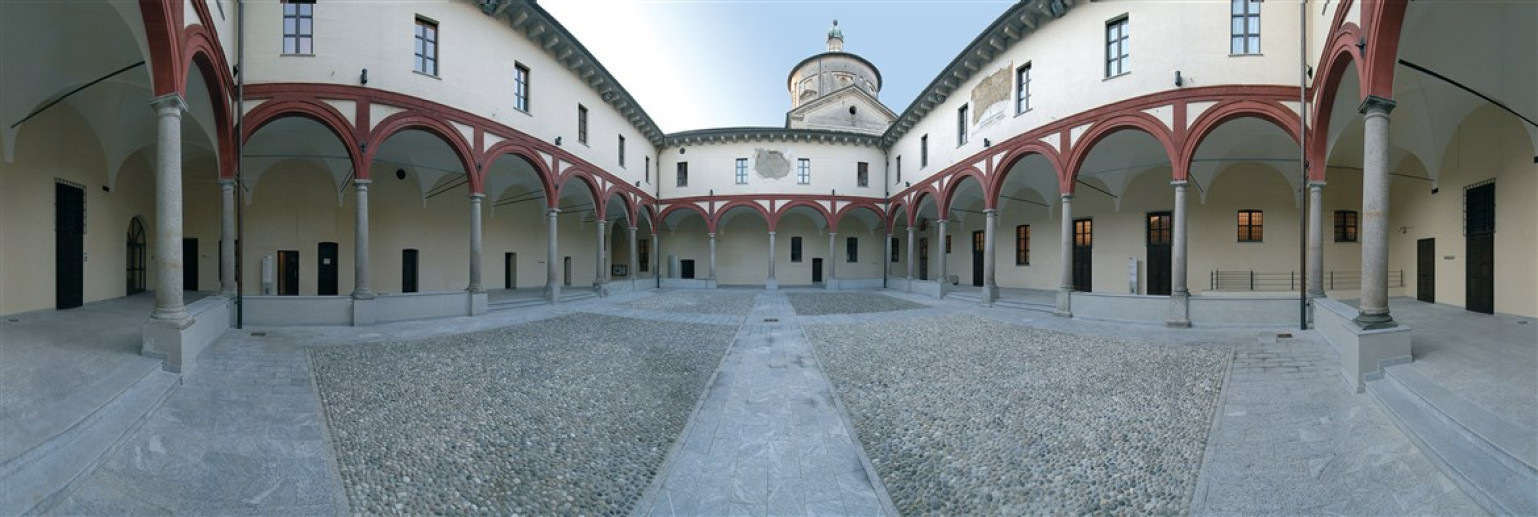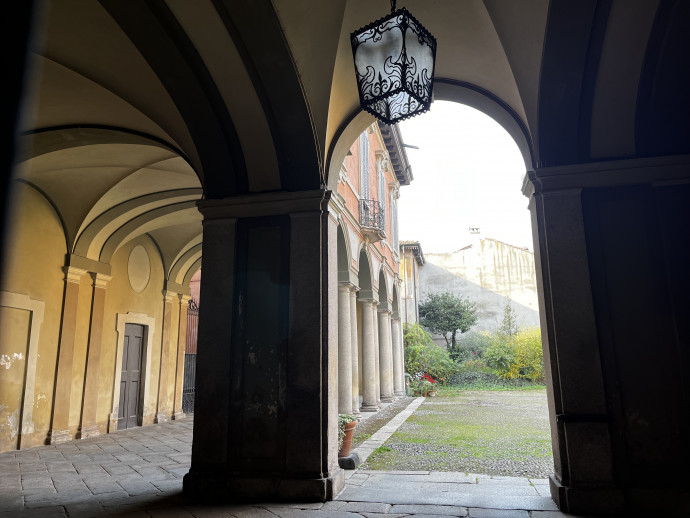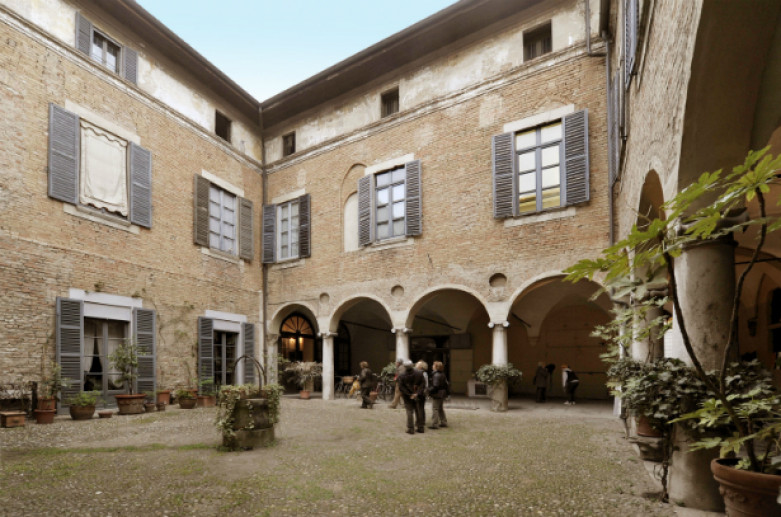- Active & Green
- Parks
- Rivers
Parco Naturale Adda Sud
This extends through the areas of Lodi and Cremona
The park has, as its primary objective, to maintain the balance between the presence and activities of humans, not only through conserving the natural environments and the cultural and landscape resources still present, but also to gradually recover those environments along the floodplain that have been compromised and degraded.
Parco dell’Adda Sud extends for 230 km2, in the areas of Lodi and Cremona, along the lower part of the Adda River, between Rivolta d'Adda to the north and Castelnuovo Bocca d'Adda, to the mouth of the Po River, to the south.
The park area includes the river plains, with ample agricultural extension, natural and semi-natural woodland and poplar cultivation. Near the river are a number of woods, marshlands, oxbows and dead water. Almost all the marshland falls under the jurisdiction of wildlife hunting reserves, and for this reason the areas have not been reclaimed, nor have the trees been cut.
Of particular natural interest are: the Riserva naturale Adda Morta-Lanca della Rotta (a dead branch of the river near the town of Castiglione d'Adda) and the Zerbaglia, the largest wood-swamp area in the Parco.
In the waters of the river, in the conservation areas, live marble trout and graylings; among amphibians, there is an abundance of Lataste frogs, who live only in a small part of the Valpadana and are endangered. There are also a number of reptiles present with some rare and endangered species, like the European pond turtle and the large Aesculapian snake. But it is the birds that have a number of interesting specimens.
During the winter some of the marshes are home to the extremely rare Eurasian bittern (see photo), with its camouflage colours, and along the river are groups of cormorants fishing, or drying their wings on the large trees. There are a number of ducks in the marshes belonging to a number of wildlife hunting reserves with a variety of species, some rare. Among the diurnal birds of prey, the osprey habitually stops along the Adda when migrating, and the marsh harrier nests in some of the best-preserved marshlands. Because of their unusual presence in the Valpadana, of note are the hoopoes and green woodpeckers.
There are a number of badgers and hedgehogs; for hunting, fallow deer and boar have been introduced.
Present, but limited only to certain areas, are hares, dormice, and squirrels; among carnivores, the most frequent is the weasel, fewer but larger is the marten, and even more rare, in the best conserved areas, is the skunk.
